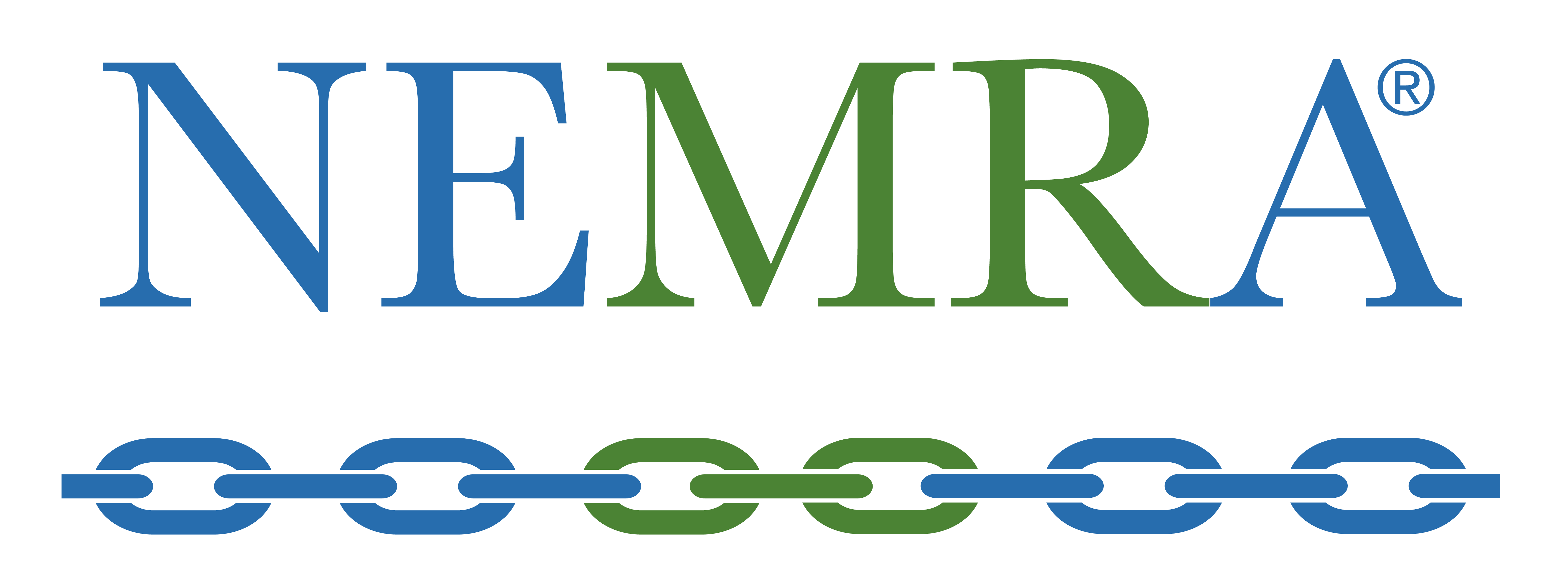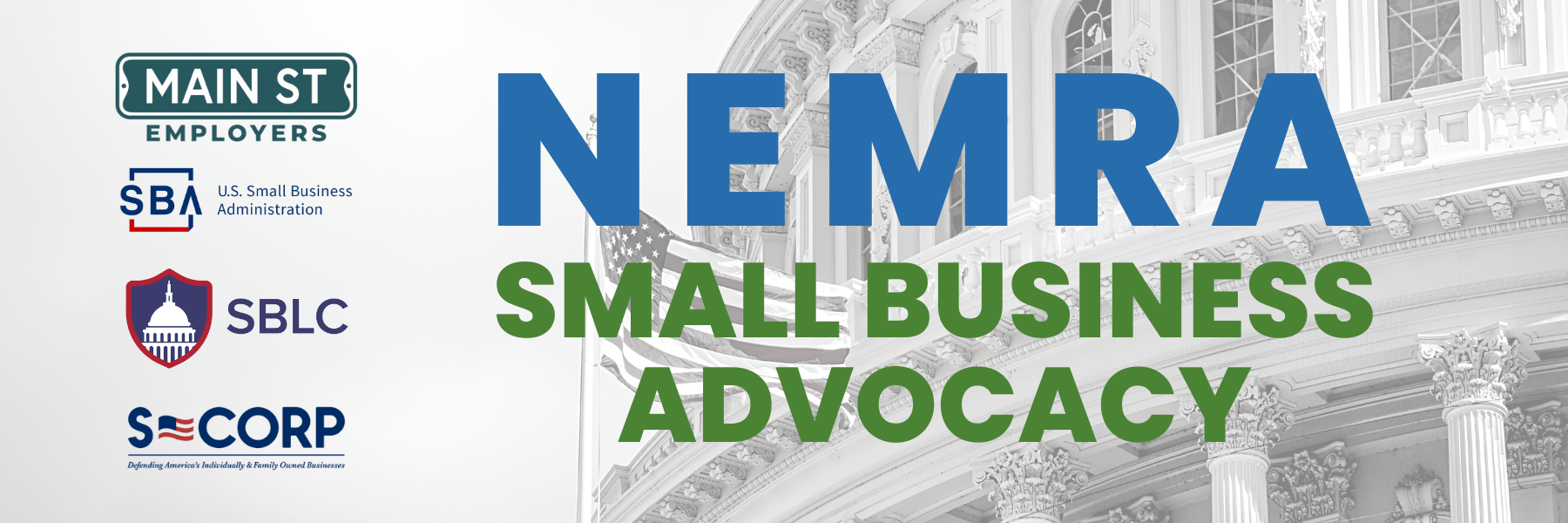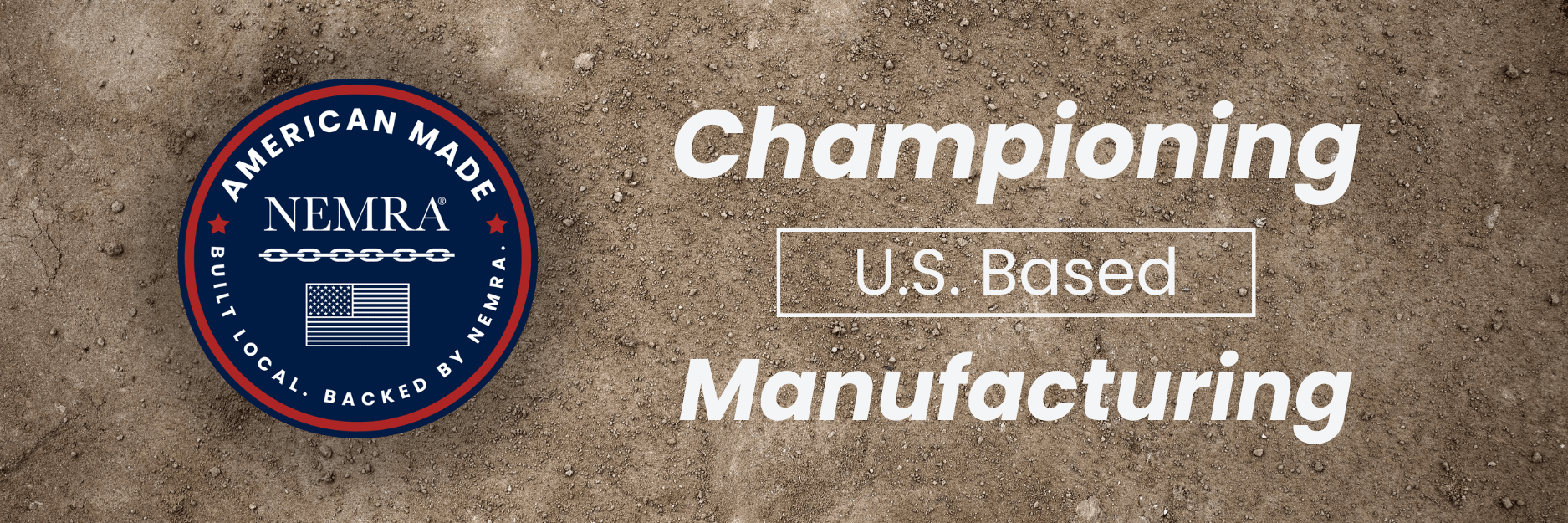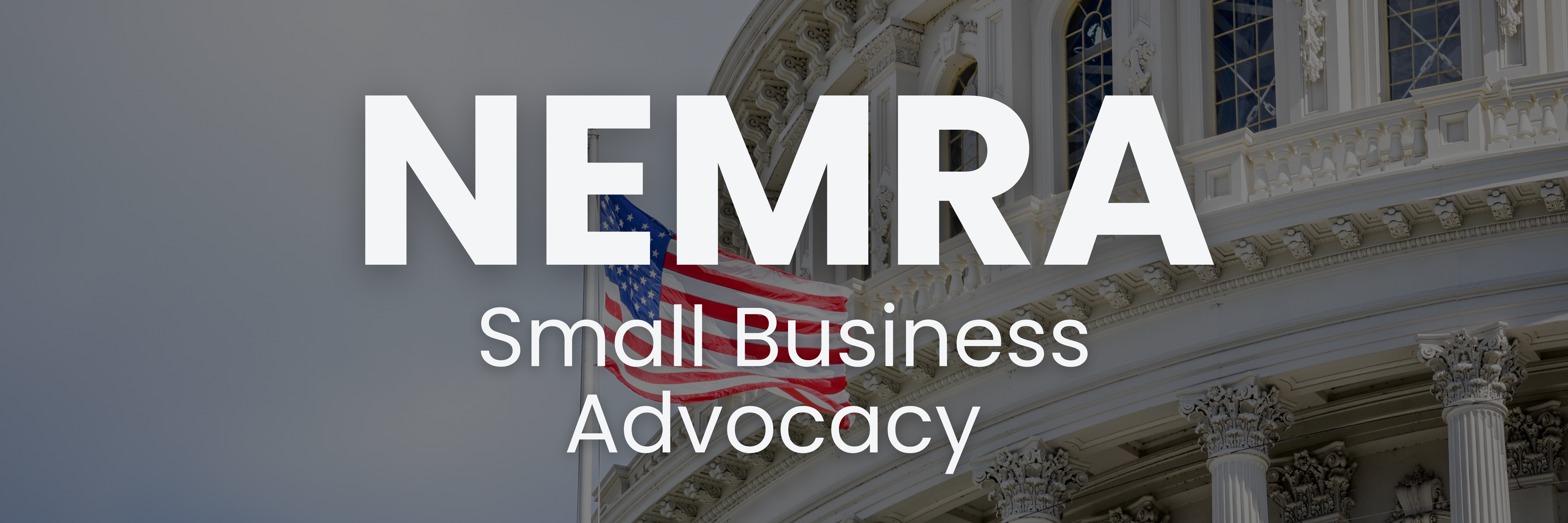In This SBLC Update
- Federal Appropriations Update
- Potential 2024 Business Tax Cuts
- 2024 Priority Legislation
- Update on the Corporate Transparency Act
- Update on the Joint Employer Rule
- Summary of the Joint Employer Rule
Federal Appropriations Update
On Sunday evening (January 14), congressional leadership released a stopgap spending bill to avert a partial government shutdown on January 20th. The proposed temporary spending plan would extend funds for some agencies that face a January 20th deadline through March 1st and for others that face a February 2nd deadline through March 8th. Under the temporary bill, funding for the departments of Agriculture, Veterans Affairs, Energy, Transportation and Housing and Urban Development would be extended through March 1st. The rest of government, including the Defense Department, would be funded through March 8th. The Senate will begin procedural votes on the bill, known as a continuing resolution, today (January 16th) and will require cooperation among the 100 senators to pass it before the next round of deadlines. Whether the House follows suit on the stopgap measure remains to be seen this week as some Members of the House Republican Caucus are opposed to the temporary spending plan.
Potential 2024 Business Tax Cuts
The above continuing resolution is not expected to contain a proposed tax cut agreement that was in the works between Republicans and Democrats. Last week, Democratic Senator Ron Wyden of Oregon and Republican Representative Jason Smith of Missouri, chairmen of the Senate and House tax committees, presented an outline of their roughly $70 billion tax cut proposal for 2024, evenly split between corporate tax cuts and child tax credit. As a reminder, the SBLC met with staff for Sen. Wyden and Rep. Smith during the fly-in on October 25, 2023.
The proposed 2024 tax deal would revive tax breaks for research and development spending, increase the deductibility of investment, such as in equipment, and a tax break for the interest incurred on select business loans. The proposed 2024 tax breaks would be extended through 2025, leaving them to expire at the same time as dozens of other tax cuts that the SBLC is lobbying in favor of under the Tax Cuts and Jobs Act.
2024 Priority Legislation
Tax cut advocates could look to other pieces of legislation as an opportunity to attach their proposal to a must-pass bill. In D.C. speak a “must pass” bill is a measure, considered vitally important, that must be passed and enacted by Congress to continue a necessary function of government before its expiration. Besides federal appropriations, Congress faces multiple deadlines in 2024 on major pieces of legislation that some consider “must pass.”
- The Federal Aviation Administration authorities expire on March 8, 2024.
- The National Security Agency’s electronic surveillance authorities, which always prove to be controversial in Congress, expire on April 19, 2024.
- The “Farm Bill” is up for renewal at the end of the fiscal year (September 30, 2024).
- The National Defense Authorization Act will need to be passed by the end of 2024.
Update on the Corporate Transparency Act
In December, the U.S. House of Representatives passed a bill, H.R. 5119, the “Protect Small Business and Prevent Illicit Financial Activity Act” sponsored by Rep. Zach Nunn (R-Iowa) and Rep. Joyce Beatty (D-Ohio), that would extend some deadlines for the Corporate Transparency Act (CTA). It does not offer a lot of relief, but entities formed after 2024 would also have 90 days to report (up from the current version of 30 days). The House vote was 420-1. Additionally, right before the congressional recess, on December 18, 2023, House Financial Services Chairman Patrick McHenry (NC-10), Rep. Warren Davidson (OH-08), Senator Rick Scott (R-FL), and Senator Mike Rounds (R-SD) led 76 of their colleagues in sending a letter to the Secretary of the Treasury, requesting a delay in the implementation of new beneficial ownership reporting requirements for small businesses under the CTA.
Additionally, as we briefly discussed at the SBLC Annual Meeting and Retreat, the National Small Business Association (“NSBA”) filed a lawsuit on November 15, 2022, challenging the reporting requirements set forth in the CTA and its accompanying regulations. Oral arguments were heard by the Court more recently on November 20, 2023. But the Court has yet to rule.
As of today, however, nothing has changed. The law and regulations are still the same from our previous alerts. Under the new requirements of the CTA companies must disclose the identities and other information about anyone who owns a stake of at least 25% or exercises significant control over the company. Existing companies have until the start of 2025 to file their disclosures. Companies created or registered in 2024 have 90 days to comply. Companies created or registered in 2025 will have 30 days to comply.
Barring new legislative or court action, the CTA continues to be implemented and enforced. Our continued SBLC advocacy will be to urge the Senate to adopt the bipartisan Beatty/Nunn bill – but that only slows implementation at this point.
Update on the Joint Employer Rule
Opponents of the new joint employer standard from the National Labor Relations Board scored a small victory Friday (January 12) with congressional action taken to attempt to rescind the rule. The U.S. House of Representatives voted 206-177 on a Congressional Review Act resolution, which allows legislators to reverse an agency’s action. The NLRB released its rule on the joint employer standard in late October and it took effect December 26, 2023. The resolution now awaits a Senate vote. If it passes, it will go to President Joe Biden, but he has pledged to veto it.
What is the Joint Employer Rule?
The joint employer rule states that two entities or businesses are considered joint employers if they share or co-determine the employees’ essential terms and conditions of employment, such as pay, benefits, scheduling, hiring, discharge and discipline. The previous standard implicated joint employers only when they had direct and immediate control over working conditions. But the new standard applies even when there’s indirect control. Joint employers must participate in collective bargaining if employees for one of the organizations are represented by a union.
The National Labor Relations Board (NLRB) often changes its stances on certain issues when there is a change in administration. One of the higher profile areas where this has been the case over the last 15 years or so is the NLRB’s standard for evaluating “joint employment.” On Oct. 26, 2023, the agency reverted to the standard used by the board appointed by former President Obama.
According to an NLRB: “Under the new standard, an entity may be considered a joint employer of a group of employees if each entity has an employment relationship with the employees and they share or codetermine one or more of the employees’ essential terms and conditions of employment, which are defined exclusively as: (1) wages, benefits, and other compensation; (2) hours of work and scheduling; (3) the assignment of duties to be performed; (4) the supervision of the performance of duties; (5) work rules and directions governing the manner, means, and methods of the performance of duties and the grounds for discipline; (6) the tenure of employment, including hiring and discharge; and (7) working conditions related to the safety and health of employees.”
Under this new standard, it will be easier for the agency to impose joint-employer findings: “[T]he 2023 rule considers the alleged joint employers’ authority to control essential terms and conditions of employment, whether or not such control is exercised, and without regard to whether any such exercise of control is direct or indirect. By contrast, the 2020 rule made it easier for actual joint employers to avoid a finding of joint-employer status because it set a higher threshold that a putative joint employer must ‘possess and exercise . . . substantial direct and immediate control’ over essential terms and conditions of employment, which has no foundation in common law. ”
The joint employment doctrine often is used by federal agencies to impose liability on two or more companies with respect to a group of employees, such as a staffing company and its client or a franchisor and franchisee. For example, the NLRB can use the doctrine to impose liability for violations of the National Labor Relations Act (NLRA) on multiple companies, and the agency has been at the forefront of changes to how joint employment is evaluated.
A finding of joint employment can have significant consequences for companies under the NLRA. From a practical perspective, each company found to be a joint-employer by the NLRB may be held liable for the unfair labor practices of their co-employers.
That is, companies not only need to account for their own compliance with the NLRA, they must also attempt to ensure compliance by any company with whom they are determined to be a joint employer. Accordingly, companies should note a new standard is in effect now that likely will make it easier for the agency to find joint-employer relationships.
For additional information, please contact:
Matt Morgan
